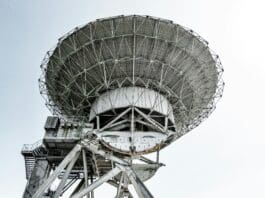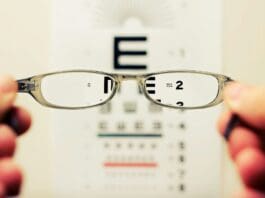This post is also available in:
 עברית (Hebrew)
עברית (Hebrew)
Artificial intelligence technologies are one of the top research and development priorities of the US Department of Defense. The field is under the responsibility of the DoD’s Research and Engineering (R&E) office
The R&E has recently launched a new initiative to develop best practices for the many programs to design and build AI applications. The office has decided to establish a series of standards, principles and practices for artificial intelligence engineering. A key goal of the new effort is to break down stovepipes in order to allow the various DoD AI efforts to share databases and applications.
R&E is also aiming to “figure out what are the artificial intelligence applications that will have the biggest impact on the warfighter,” says Mark Lewis, director of modernization. This could involve moving out prototypes rapidly so that warfighters have an opportunity to “play with them, experiment with them, and figure out what makes their job more effective,” he added. At the same time, it would enable warfighters to quickly reject things that are not useful or overly complicated.
Cited in breakingdefense.com, Lewis said that developing autonomous systems is another top priority. It is focused on development autonomous systems that can team seamlessly with humans. “We want autonomy systems that will operate in ways that put human life at lower risk,” he explained.
In the wide-range aspect, Lewis also expounded on DoD’s research goals for quantum science — a focus area that he said is somewhat less well developed than others on DoD’s high priority list. “People are talking about quantum computers that will, in a few years, replace our fastest supercomputers, quantum communication technology, quantum key encryption techniques. And frankly, a lot of it is promising — but it’s also very very far term.”
That said, Lewis noted that there are two near-term opportunities for DoD in the field: enabling backup positioning, navigation and timing capability in case GPS satellites are degraded in anyway; and future “exquisite sensors for a variety of applications.”




